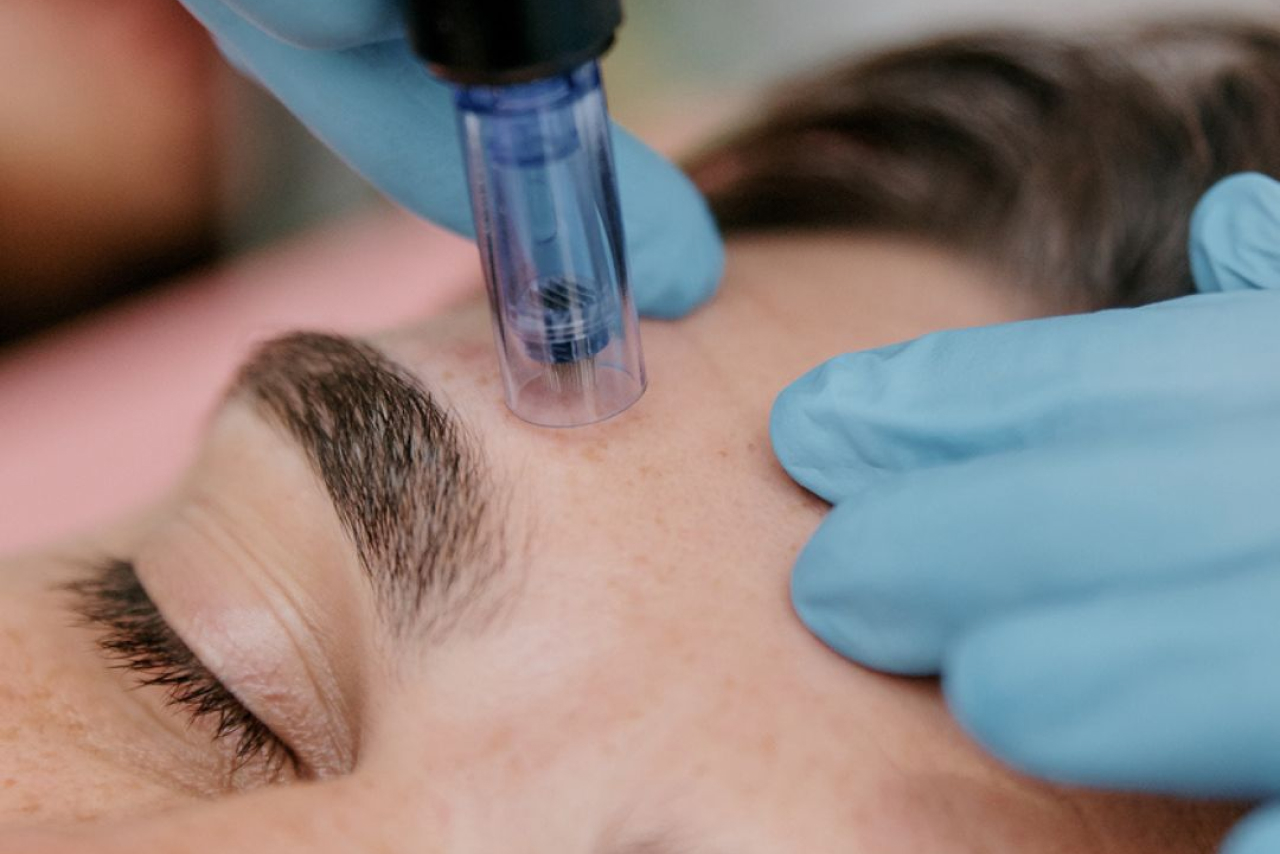
The world of aesthetic medicine is constantly evolving, offering new and exciting innovations that promise youthful, glowing skin. One of the most talked-about advancements in recent years is the exosome facial, a treatment gaining popularity for its regenerative effects. But with any emerging aesthetic technology, it’s only natural to wonder: Is the exosome facial safe?
If you’ve been hearing the buzz but hesitant to try something unfamiliar, you’re not alone. It’s wise to do your research before undergoing any skin treatment, especially one as advanced as this. In this blog, we’ll explore everything you need to know about exosome facial safety, from how the treatment works to what you can expect during and after the procedure.
Along the way, we’ll also talk about the importance of having a quality provider, such as Alonzo Cosmetic Surgery, for such treatments. Let’s explore the science, the safety, and the peace of mind behind exosomes facial.
What Are Exosomes and How Do They Work?
Exosomes are tiny, nano-sized vesicles (or messengers) that are naturally secreted by stem cells. These microscopic bubbles carry proteins, lipids, RNA, and growth factors—all crucial for communication between cells and healing.
When applied to the skin alongside microneedling or laser treatments, exosomes . . .
- act as a powerful signal to your skin cells
- encourage increased collagen and elastin production
- improved hydration
- reduce inflammation
- enhances overall skin regeneration
In an exosome facial, a concentrated serum containing these purified messengers is topically applied or infused into the skin. The goal? To accelerate the skin’s natural healing and rejuvenation processes—leaving it brighter, firmer, and more youthful.
Why Is the Exosomes Facial Considered Safe?
Now to the heart of the matter: Is the exosome facial safe? Let’s break down the core reasons why experts, such as Dr. Benz Alonzo and Dr. Benjamin Alonzo, consider this treatment a safe option for skin rejuvenation.
1. Non-Cellular and Biologically Natural
Unlike live stem cell treatments, exosomes are not whole cells. They’re simply the communication tools that those cells use. This means there’s no risk of uncontrolled cell growth or immune rejection. The human body sees exosomes as naturally compatible.
2. Highly Purified and Sterile
Reputable exosome products used in medical and aesthetic settings go through rigorous purification and quality control. These products are thoroughly screened to be free from bacteria, viruses, and cellular debris, ensuring they’re clean and safe to use on skin.
High-profile clinics, such as Alonzo Cosmetic Surgery, only use internationally recognized, high-quality exosome products that are aligned with best practices in the Philippines and abroad.
3. Localized and Controlled Application
The exosome serum is applied to the surface of the skin or delivered superficially with tools like microneedling—meaning the treatment remains topical and targeted. There’s no deep tissue injection, surgical procedure, or systemic exposure involved.
4. Minimal Immunogenic Risk
Because exosomes are cell-free and highly refined, they are extremely unlikely to trigger allergic reactions or immune responses. This makes them ideal for sensitive skin types and people concerned about adverse effects.
5. Scientifically Proven
While the application of exosomes in beauty treatments is still relatively new, exosome therapy itself has been studied in regenerative medicine for years. Clinical research in orthopedics, wound healing, and neurology supports their safety and effectiveness. This laid the groundwork for the safe use of exosomes in skincare.
Addressing Common Exosomes Facial Safety Concerns
It’s natural to have additional questions about side effects, risks, and what to expect. Here’s what you need to know:
Question #1: Are there side effects?
Most people experience mild and temporary side effects following an exosome facial, especially when combined with microneedling or laser. These effects are short-lived and part of your body’s natural healing, and might include:
- Redness and swelling: Usually gone in 24 to 48 hours, this side effect is similar to what you’d expect after a strong facial treatment.
- Dryness or flaking: As the skin regenerates from the treatment, some light peeling is normal and expected.
- Mild bruising: This typically fades quickly, and usually happens when microneedling hits tiny blood vessels.
- Skin sensitivity: A temporary and manageable side effect that can easily be handled with gentle aftercare.
Question #2: Can I have an allergic reaction?
Allergic reactions to exosomes are extremely rare, thanks to their purified, non-cellular nature. Most patients tolerate the treatment well.
Question #3: What about infections?
When performed in a sterile, clinical environment by trained professionals, the risk of infection is very low.
Question #4: Is it safe long-term?
While long-term data specific to cosmetic use is still developing, the decades-long study of exosomes in medical science supports a favorable safety profile. Since the treatment works with your body’s natural repair system, it poses far fewer risks than synthetic or surgical options.
Question #5: Who should avoid this treatment?
Book a consultation so a trained doctor can determine your eligibility. You may not be a candidate if you . . .
- have an active skin infection
- are pregnant or breastfeeding
- have autoimmune conditions
- are prone to keloid scarring
- are taking certain medications that affect healing